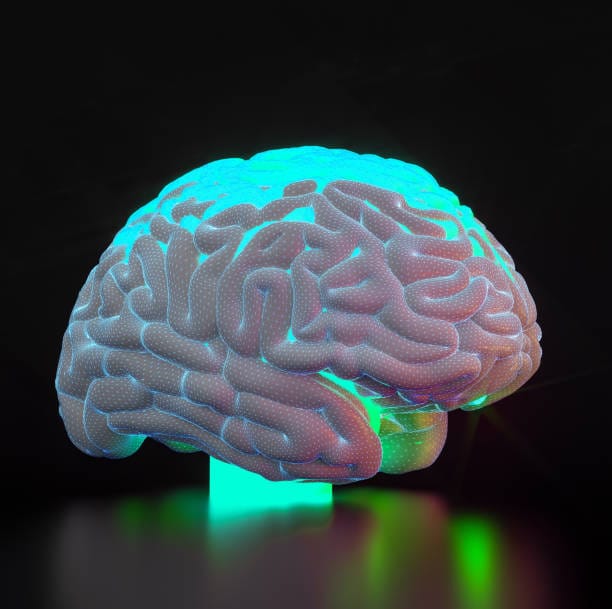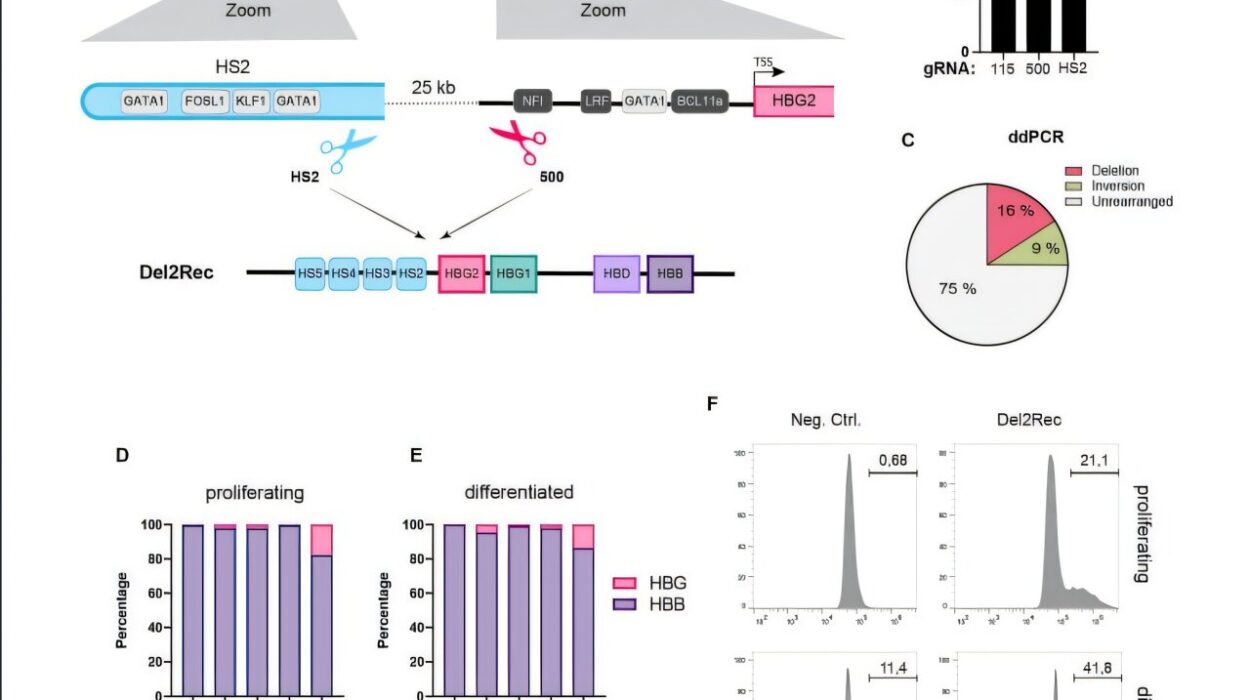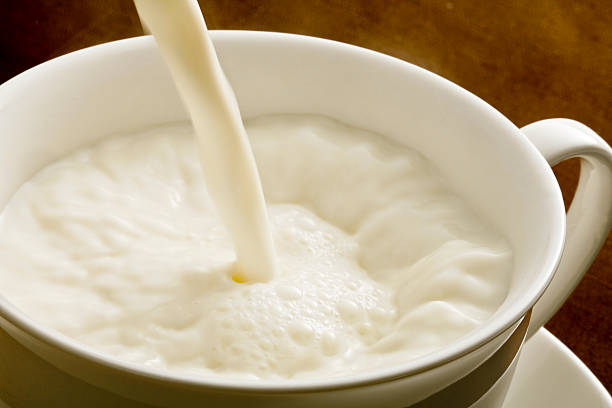Each morning, before we’ve had time to contemplate the day ahead, our bodies are already moving on autopilot. Perhaps your feet take you to the bathroom, or your fingers fumble toward the coffee pot. Without a single conscious decision, you brush your teeth, open the curtains, and begin another predictable routine. These actions feel effortless—not because they are easy, but because they are habitual. Habits run silently in the background of our lives, quietly scripting over 40% of our daily behavior.
But what are habits, really? Where do they come from, and why are they so hard to break or form? For centuries, philosophers debated whether habits were the result of willpower, repetition, or moral character. Today, neuroscience has pulled back the curtain and revealed a far more intimate story—one that begins deep in the brain’s architecture and unfolds with electrical impulses, chemical messengers, and the mysterious processes of memory and identity.
Understanding how the brain creates, maintains, and changes habits does more than satisfy curiosity. It offers the key to reshaping our lives. Whether we aim to stop smoking, eat healthier, study more, or simply become more present, the science of habits shows us that change is not only possible—it is wired into the very structure of our brains.
What Is a Habit? A Brain’s Shortcut to Efficiency
At its core, a habit is a behavior that has become automatic through repetition. But the word “automatic” masks the complexity of what’s really happening. When we form a habit, the brain is doing something profoundly efficient. It is taking a task that once required effort and decision-making and shifting it into a mode that no longer needs conscious thought.
In a world overflowing with stimuli, the brain must prioritize. It cannot afford to think through every action, every time. So it conserves energy by turning frequently repeated actions into reflexes. These habits are stored not in the parts of the brain responsible for conscious thought, but in the basal ganglia, a set of deep brain structures involved in motor control, learning, and emotion.
This shift from deliberate action to habit frees the brain to focus on novel challenges while still operating effectively in the background. It’s why you can have a deep conversation while tying your shoes or drive to work without remembering the journey. The brain is always learning how to make life easier for you—even if it sometimes stores the wrong lessons.
The Habit Loop: Cue, Routine, Reward
Neuroscientists have mapped out a three-part loop that defines every habit. First comes the cue—an internal or external trigger that tells the brain to go into automatic mode. Then comes the routine—the behavior itself. Finally, there’s a reward—a positive reinforcement that tells the brain the behavior was worth remembering.
Over time, this loop becomes more ingrained. The cue and reward create a neurological craving, and the brain begins to anticipate the reward when it detects the cue. It’s this anticipation that drives the behavior forward. If you’ve ever felt a sudden urge to check your phone when bored or reach for snacks when watching TV, you’re experiencing this powerful neural circuitry in action.
What’s especially fascinating is that the brain doesn’t distinguish between “good” and “bad” habits in this process. It simply looks for patterns that lead to a reward, even if that reward is temporary or destructive. That’s why bad habits can be so tenacious and good habits so hard to establish—the brain is not moral; it is efficient.
The Role of the Basal Ganglia: The Brain’s Habit Center
The basal ganglia play a central role in the creation of habits. These deep, evolutionary structures are part of the brain’s reward system and motor circuitry. They are responsible for selecting actions, suppressing competing behaviors, and linking actions to outcomes.
When we first learn a new behavior, activity in the prefrontal cortex—the part of the brain associated with decision-making and attention—is high. But as the behavior becomes habitual, activity in the prefrontal cortex diminishes, and the basal ganglia take over.
This transfer explains why habits feel effortless and hard to resist. Once the basal ganglia have stored a habit loop, it can run even when the conscious mind is distracted. Studies in rats show that when navigating mazes, brain activity spikes at the beginning and end of a task but drops dramatically during the execution of a well-learned behavior. The brain, in essence, presses “play” on the routine and saves energy by disengaging higher thought processes.
This mechanism, while elegant, is also what makes changing habits so frustrating. The prefrontal cortex may know what’s best, but the basal ganglia remain stubborn. To override a habit, the brain must lay down an entirely new pattern—one that competes with the old loop and eventually replaces it.
Dopamine and the Chemistry of Craving
Habits don’t just live in the circuitry of the brain—they are soaked in its chemistry. One of the most important players in this system is dopamine, a neurotransmitter often (and sometimes misleadingly) called the “pleasure chemical.”
Dopamine’s role in habit formation is nuanced. It is not just released when we receive a reward—it spikes when we anticipate one. This distinction is critical. It means that cues associated with a habit can trigger a dopamine surge, creating a sense of craving that propels us into action.
For example, the sight of a cigarette or the sound of a notification ping can cause the brain to flood with dopamine, priming us for the habitual response. This anticipation can be just as powerful as the actual reward, and it helps to reinforce the habit loop even when the reward becomes less satisfying over time.
The dopamine system evolved to help animals learn from experience. In the wild, it guided creatures toward food, shelter, and safety. In the modern world, it can hijack our behavior, making us compulsively check emails, overeat processed foods, or endlessly scroll social media. Understanding how dopamine works is the first step in reclaiming control over our impulses.
Neuroplasticity: The Brain’s Power to Change
If habits were written in stone, we would be powerless to change them. But the brain is not static—it is plastic. Neuroplasticity refers to the brain’s ability to reorganize itself by forming new neural connections. This capacity exists throughout life, though it is most robust in childhood and adolescence.
When we repeat a behavior, the neurons involved in that action fire together. Over time, they form stronger connections, making the behavior more automatic. As the saying goes, “neurons that fire together, wire together.” But the reverse is also true. When we stop reinforcing a habit, those neural pathways weaken—a principle known as “synaptic pruning.”
This gives us hope. Even the most deeply ingrained habit can be replaced with a new one. It takes effort, consistency, and time, but the brain is always remodeling itself in response to experience. This means that habits are not destiny—they are design. And we are the architects.
The Role of Emotion and Identity in Habit Formation
While much of habit formation happens below the level of awareness, emotions and identity play crucial roles in determining which behaviors stick. Emotional experiences create stronger memories, and habits tied to powerful emotional rewards are more resilient.
A habit that makes us feel proud, connected, or competent is more likely to last than one driven by guilt or obligation. Neuroscientists have found that habits associated with positive reinforcement release not just dopamine, but also other “feel-good” chemicals like endorphins and serotonin. These emotions become part of the reward, reinforcing the behavior further.
Identity is another powerful force. When we see ourselves as “a healthy person,” “a writer,” or “a runner,” we are more likely to engage in behaviors that align with that self-image. This connection between identity and behavior is not just psychological—it has neurological roots. The brain is always seeking coherence. When actions align with our internal narrative, they are more likely to become habitual.
Conversely, when our habits conflict with our sense of self, we experience cognitive dissonance—a kind of neurological tension that can either prompt change or deepen denial, depending on how we respond.
Why Bad Habits Are So Hard to Break
Breaking a bad habit is often harder than forming a good one. This is because bad habits are usually associated with immediate rewards, while good habits often involve delayed gratification. From the brain’s perspective, the immediacy of reward is a powerful motivator.
Moreover, bad habits often become coping mechanisms for stress, boredom, or negative emotion. They are not just behaviors—they are responses to internal states. Smoking, overeating, procrastinating, or doomscrolling are often the brain’s way of seeking relief, however temporary.
When we try to break a bad habit without addressing the underlying emotional or environmental triggers, we leave the brain craving resolution. This is why willpower alone often fails. It’s not enough to resist—we must replace.
The key lies in disrupting the habit loop. If we can identify the cue and change the routine while preserving the reward, we can gradually retrain the brain. For example, if the cue is stress and the reward is relaxation, we might replace the routine of smoking with a breathing exercise, walk, or even calling a friend.
Forming New Habits: The Neuroscience of Change
To form a new habit, the brain needs three things: repetition, consistency, and meaningful reward. Every time we repeat a behavior, especially in response to the same cue and with a satisfying outcome, the neural pathway strengthens. Over time, the behavior becomes automatic.
Consistency is critical. Sporadic attempts at change confuse the brain and delay habit formation. Daily practice, even if minimal, is more effective than occasional bursts of effort. Neuroscientific studies suggest that it takes between 21 and 66 days to form a new habit, depending on the complexity and the individual’s brain chemistry.
The reward must also be meaningful. It doesn’t have to be external—like a treat or a prize—it can be internal, like pride, joy, or relief. When the brain associates a behavior with positive emotion, it becomes more likely to repeat it.
Another powerful tool is “habit stacking,” where a new habit is linked to an existing one. By anchoring a desired behavior to a well-established routine, we piggyback on the brain’s existing circuitry. For instance, meditating right after brushing your teeth makes it more likely to stick.
Sleep, Memory, and the Consolidation of Habits
Sleep plays a crucial role in solidifying habits. During sleep—particularly deep slow-wave sleep and REM sleep—the brain consolidates memories and strengthens neural pathways formed during the day.
This means that practicing a habit during the day and getting adequate sleep at night enhances the brain’s ability to automate the behavior. Sleep deprivation, on the other hand, impairs the prefrontal cortex and increases impulsivity, making it harder to resist bad habits or form good ones.
Moreover, sleep affects dopamine regulation and stress hormones like cortisol, both of which influence habit formation. A rested brain is more capable of change than a fatigued one. In this sense, improving sleep habits can serve as a foundational step toward changing all other habits.
Social Influence and the Shared Brain
We are not just individual brains—we are social organisms whose habits are shaped by culture, community, and relationships. Mirror neurons, discovered in the 1990s, fire both when we perform an action and when we observe someone else performing it. These neurons are the foundation of empathy and imitation.
This means we are neurologically wired to adopt the habits of those around us. If we spend time with people who exercise, read, or eat well, our brains are more likely to mirror those behaviors. Conversely, toxic environments can entrench negative habits and make change harder.
Support groups, accountability partners, and social reinforcement all tap into this neurological mimicry. The brain is not just influenced by what we do—it is shaped by who we do it with.
Technology, Attention, and Habit Hijacking
In the digital age, our habits are no longer just personal—they are engineered. Social media platforms, video games, and digital interfaces are designed to exploit the brain’s habit systems. Notifications act as cues, variable rewards spike dopamine, and endless scrolling forms routines that are hard to break.
Technology companies hire neuroscientists and behavioral psychologists to optimize “stickiness.” They understand the habit loop and manipulate it with precision. This is not inherently evil—but it demands awareness. If we don’t shape our digital habits, someone else will.
Reclaiming control begins with awareness. By understanding how our attention is captured and redirected, we can set boundaries, remove cues, and replace compulsive routines with intentional ones. The same brain that is vulnerable to hijacking is also capable of resistance and redesign.
The Habitual Brain: A Source of Hope
In the end, the neuroscience of habits reveals a paradox. We are creatures of habit, yes—but we are also creatures of immense plasticity and power. The same brain that clings to old routines is capable of forging new ones. The same neural pathways that once led us to despair can be rewired toward growth, compassion, and meaning.
Habits are not prisons. They are pathways. They are the invisible architecture of our lives, laid brick by brick with every decision, every repetition, every small act of courage. And once we understand the brain’s role in building them, we become more than passengers—we become engineers of our own behavior.
The next time you reach for that phone, lace up those shoes, or take that breath, know this: your brain is listening. It is learning. And with patience, persistence, and a little neuroscience, it can learn something new.






